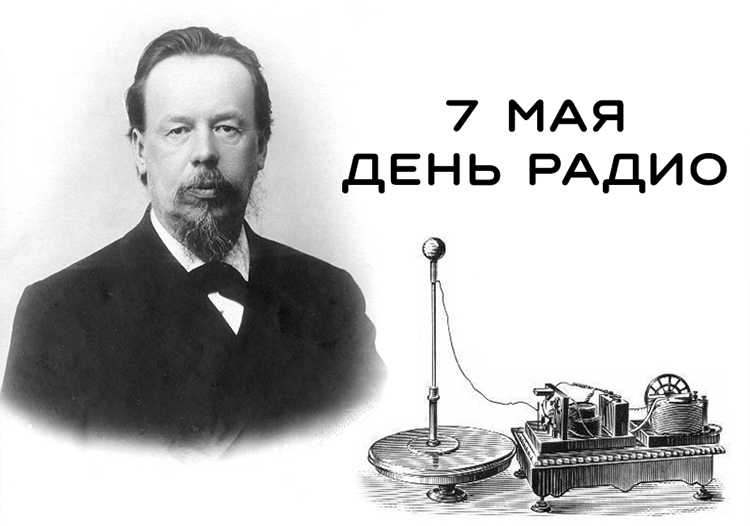GC "Race" congratulates you on the Radio Day!

GC "RACE" congratulates all colleagues on their professional holiday – Radio Day!
On this day in 1895, Russian physicist Alexander Stepanovich Popov showed his colleagues at St. Petersburg University his invention — a device capable of transmitting signals. This event was recorded by the protocol of the Russian Physico-Chemical Society. In his device, he used the sensitivity properties of a metal powder under the influence of electromagnetic vibrations on it (which had already been discovered by that time, but had no practical application), was the first to install an antenna and a bell.
The product worked as follows: in the presence of an electromagnetic signal, the hammer on the device simultaneously extracted sound and hit the bulb. Metal filings were shaken, and the user understood the duration of the signal. It turned out like in Morse code: the device responded to a short signal with a short call, to a long one with a long trill. Thus, he was the first to get practical application of electromagnetic waves by creating a device that could simultaneously receive and transmit signals, and the use of an antenna in the device allowed the scientist to claim the laurels of the "father of radio".
As a result, the invention got on the pages of the "Russian Physico-Chemical Society" — the description of the device was translated into all major European languages. Already in March 1896, it was possible to transmit a meaningful radio signal at a distance of 250 meters. A serious test of Popov's technique took place in 1899, when the battleship "Admiral General Apraksin" broke through the side in the Gulf of Finland. Thanks to the radio telegraph stations built at the accident site and the shore, the crew sent data "to earth" that helped pull the ship out of the ice captivity. When the rescue operation ended. A separate merit of the scientist is that his "equipment had another extremely important advantage for that time — it appeared in the form of a complete development suitable for rapid implementation." In addition to Russia, the radio device was produced in Germany, the USA, and France. And everywhere it was called the "Popov scheme" — right up to the death of the inventor.
A little later, the Italian Marconi and the Serbian scientist Tesla joined the international relay race for the improvement and development of radio, which also made a significant contribution to the development of the radio that we have now.
Disputes about who was the first do not subside to this day in the West. But this is a completely different story…

